

This application only runs on Windows 7 or later with Microsoft .NET-Framework (Version 4.6.2).
 May 2025
May 2025
 May 2025
May 2025
 June 2023
June 2023
 April 2023
April 2023
 March 2023
March 2023
 January 2023
January 2023
 October 2021
October 2021
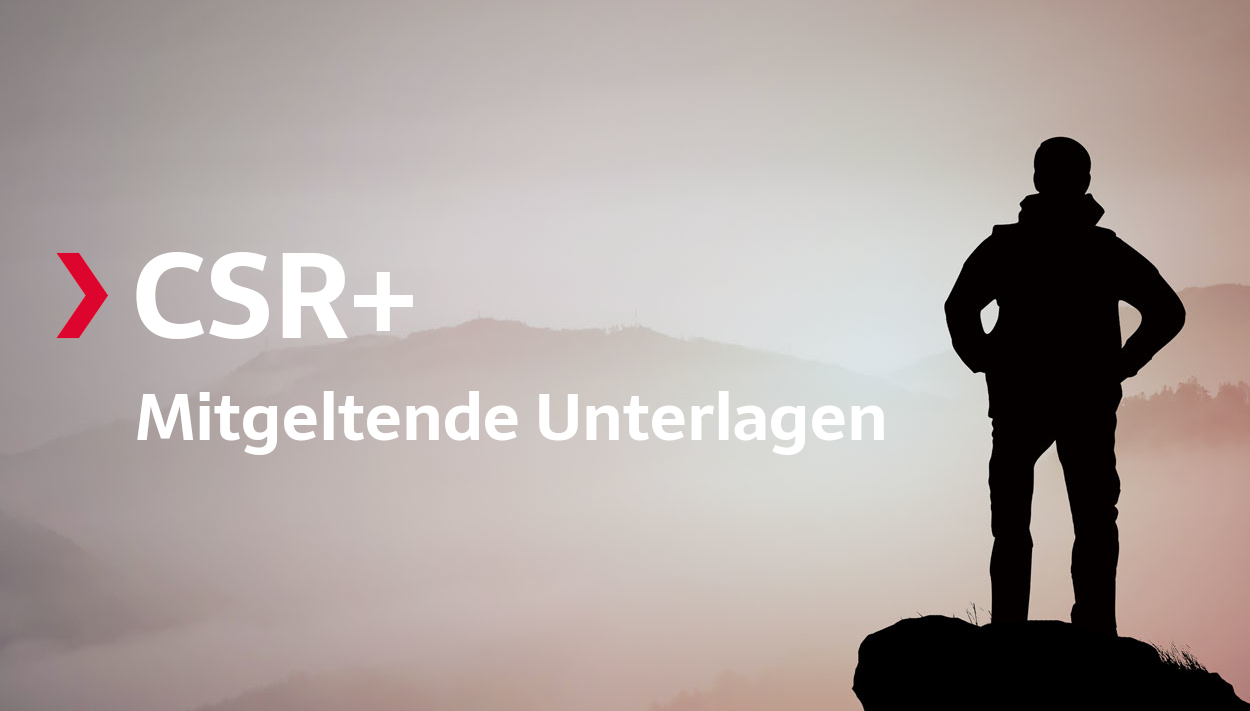 October 2021
October 2021
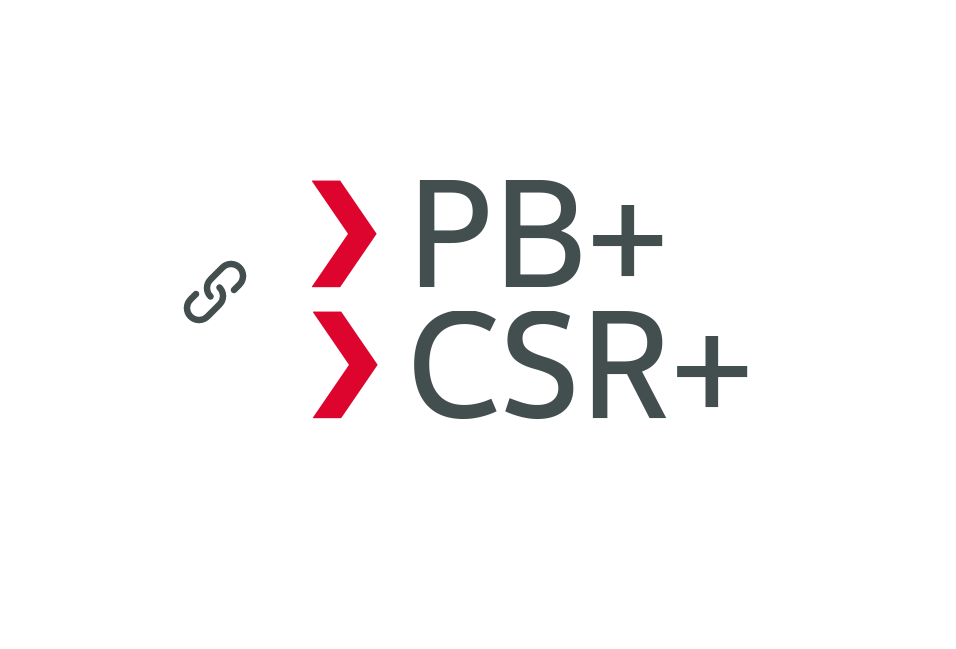 October 2020
October 2020
 April 2020
April 2020
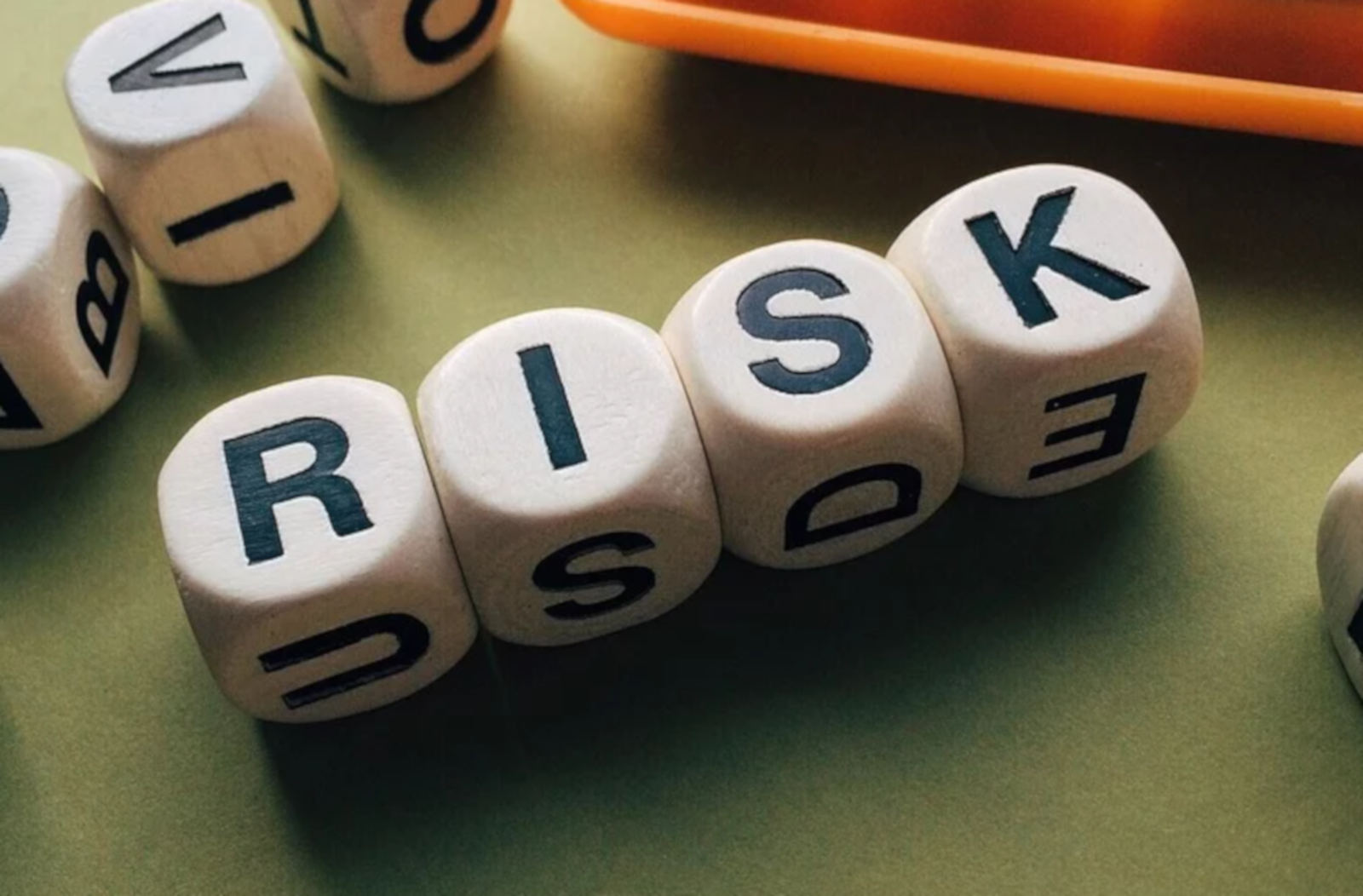 March 2020
March 2020
 January 2020
January 2020
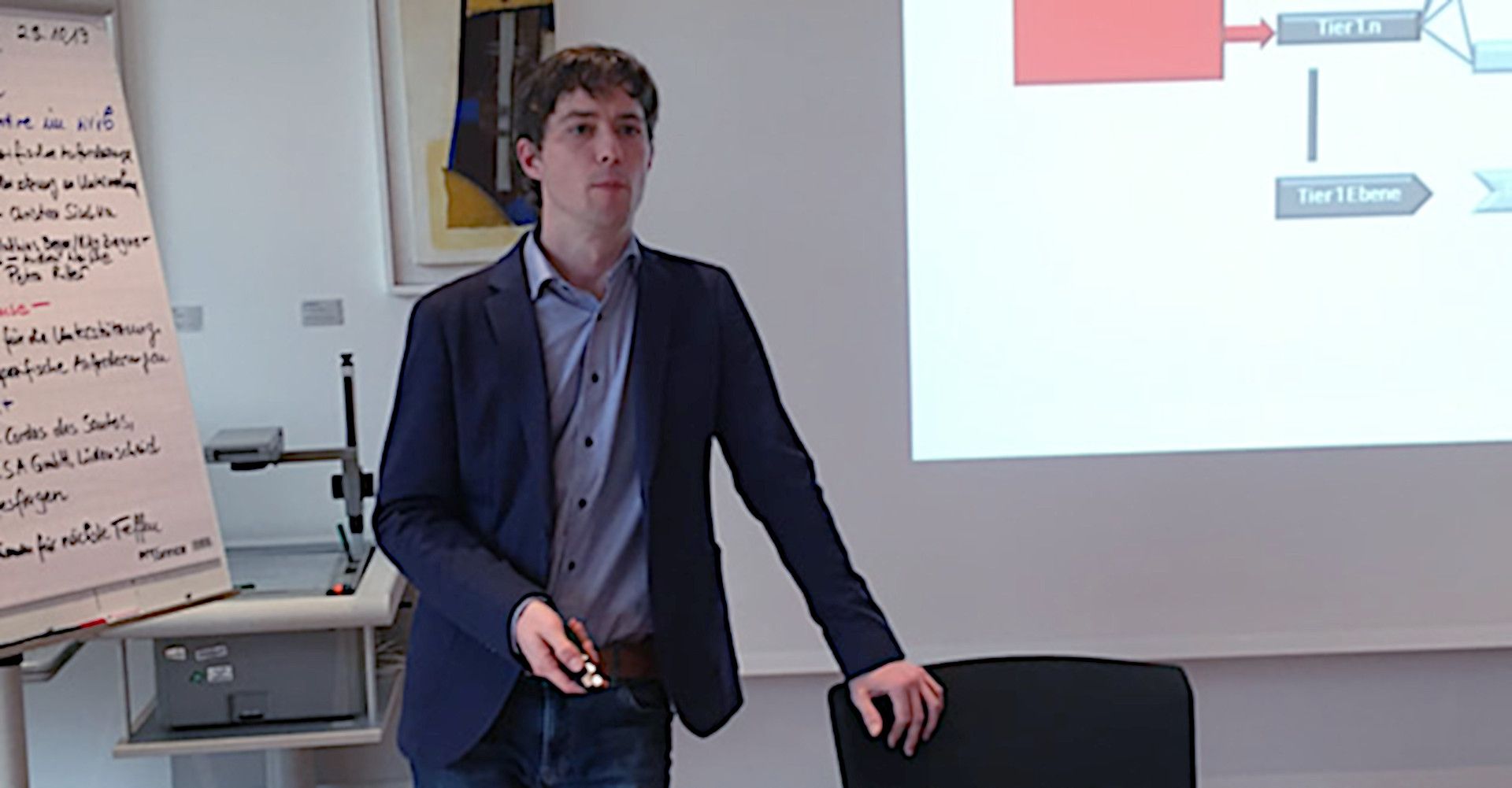 October 2019
October 2019
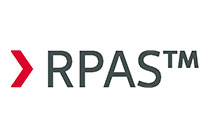 August 2019
August 2019
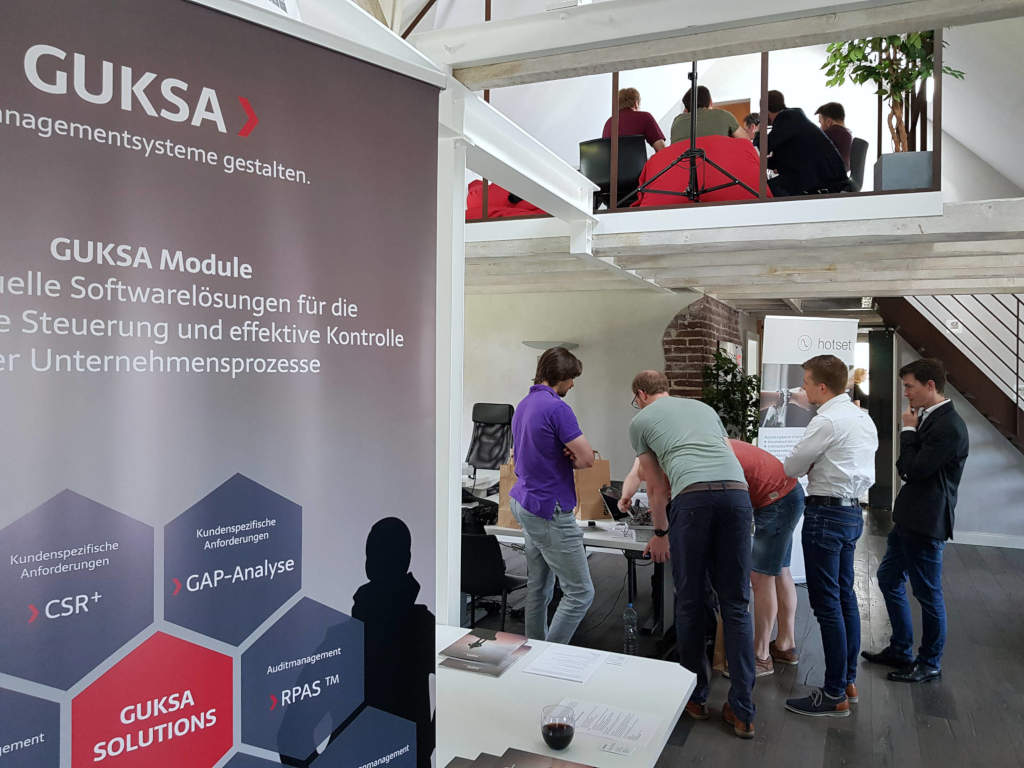 July 2019
July 2019
 June 2019
June 2019
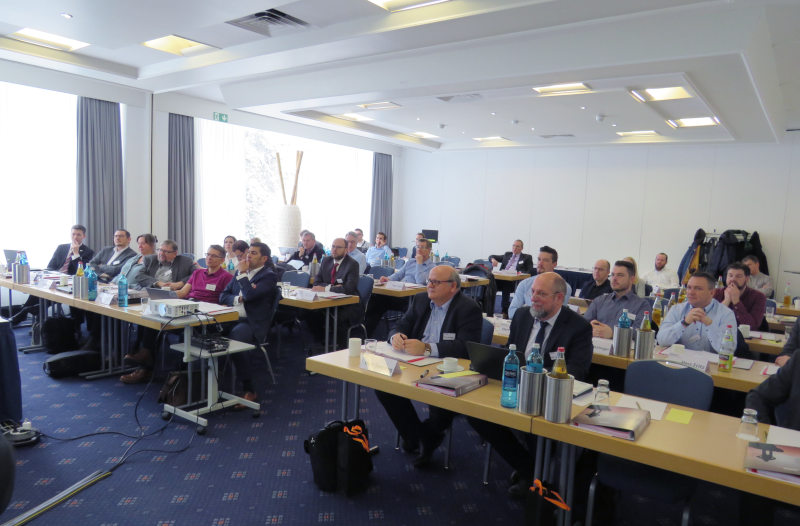 February 2019
February 2019
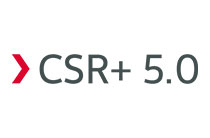 January 2019
January 2019
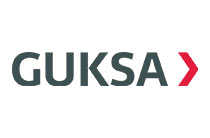 July 2017
July 2017
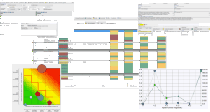 March 2017
March 2017
 February 2017
February 2017
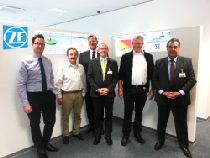 October 2016
October 2016
 August 2016
August 2016
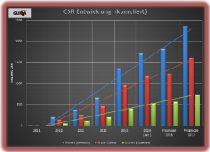 July 2016
July 2016
 May 2016
May 2016
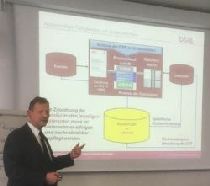 May 2016
May 2016
 March 2016
March 2016
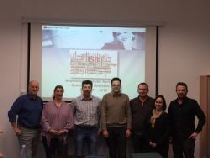 January 2016
January 2016
 January 2016
January 2016
 January 2016
January 2016

As of this month, the modules for maintaining your processes (PB+) and for mapping your CSR management (CSR+) are working even more closely together. By linking CSR+ and PB+, customers of both modules now have an interface that enables even more comprehensive process management in connection with customer-specific requirements.
Until now, processes in CSR+ have been grouped according to process models. By linking the modules, CSR+ customers who have also purchased the PB+ module can now have their processes grouped by location (as shown in PB+).
This has an impact on the following views in CSR+, among others:

The customer-specific requirements of your company's processes can now be displayed directly, which were determined by the professional service of our GUKSA auditors. This forms the basis for the knowledge, evaluation and implementation of customer specific requirements in your processes.
This can be seen in the process management for each process under the tab "Assignments".
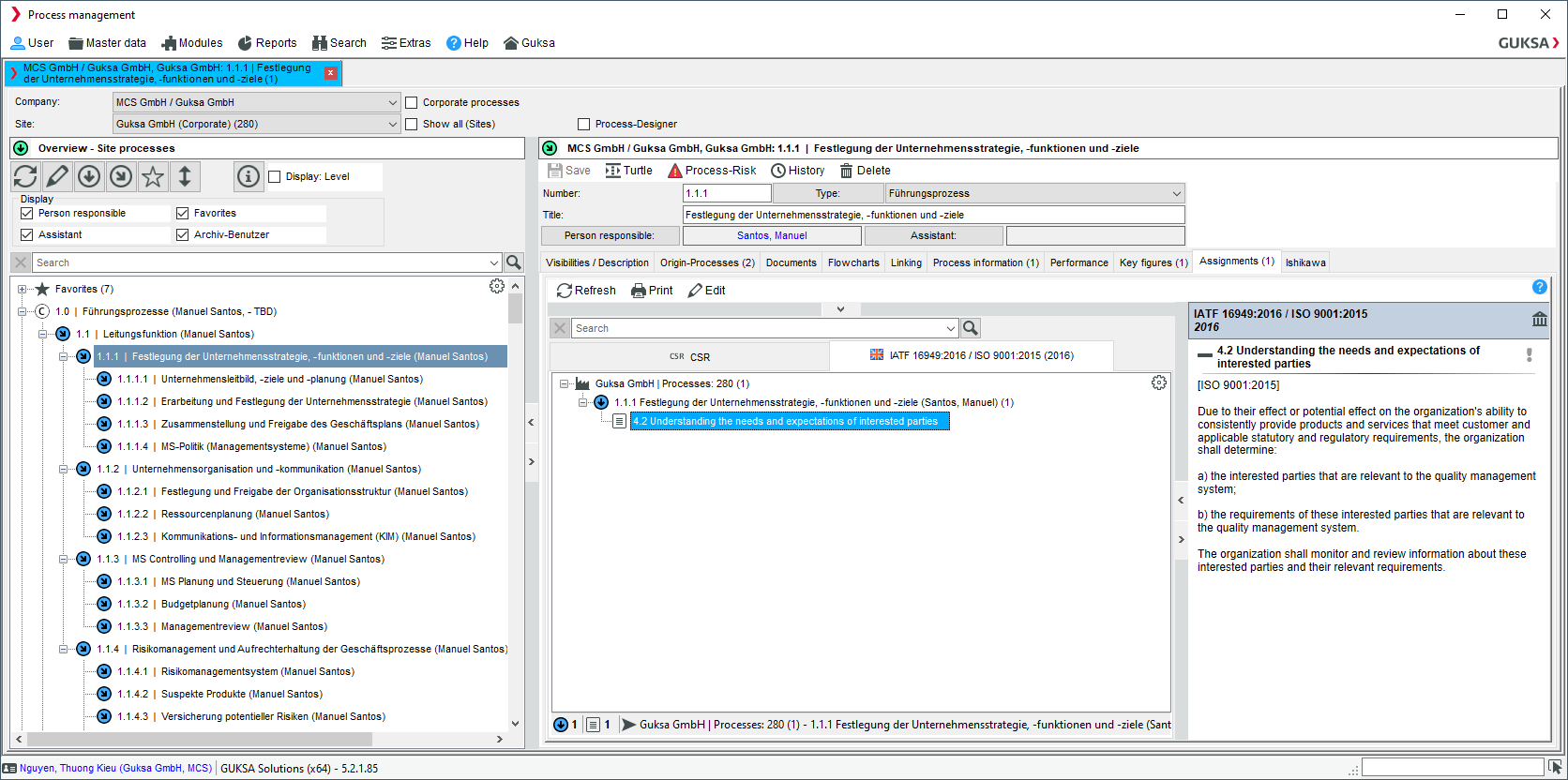
Customer specific requirements (CSR) define demands on your company's quality management system and form the starting point for achieving customer satisfaction. Furthermore, CSR are often part of the contract and knowledge and implementation by the process owners are an elementary part of your CSR management.
More information about this module can be found on the CSR+ product page.
The processes represent the "genetic fingerprint" of a company and ultimately cover all areas of activity of a company. To operate a detailed process management, our customers have been using our "PB+" module for many years. This module enables the specification and maintenance of relevant process information such as descriptions, documents, inputs / outputs, assignments to quality management standards etc. for all processes within your company.
More information about this module can be found on the PB+ product page.
For a demonstration of the mentioned software products, please contact us for a free (online) presentation.